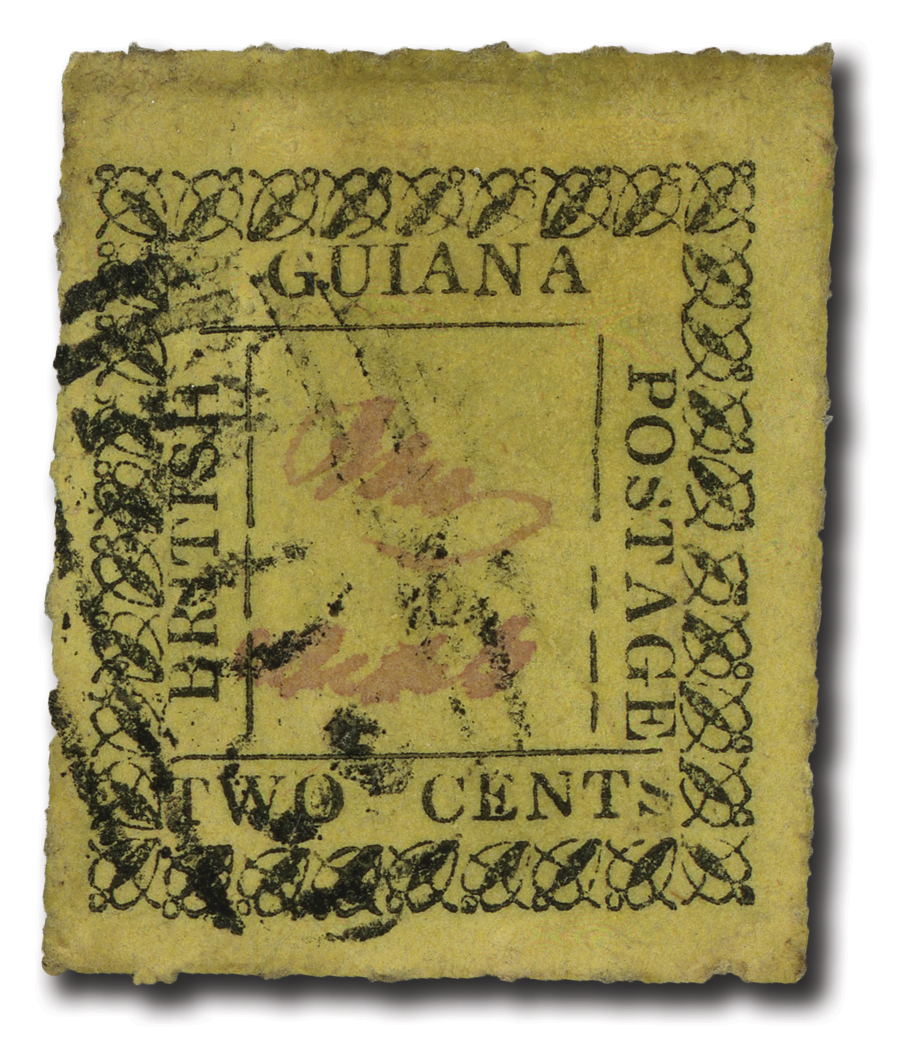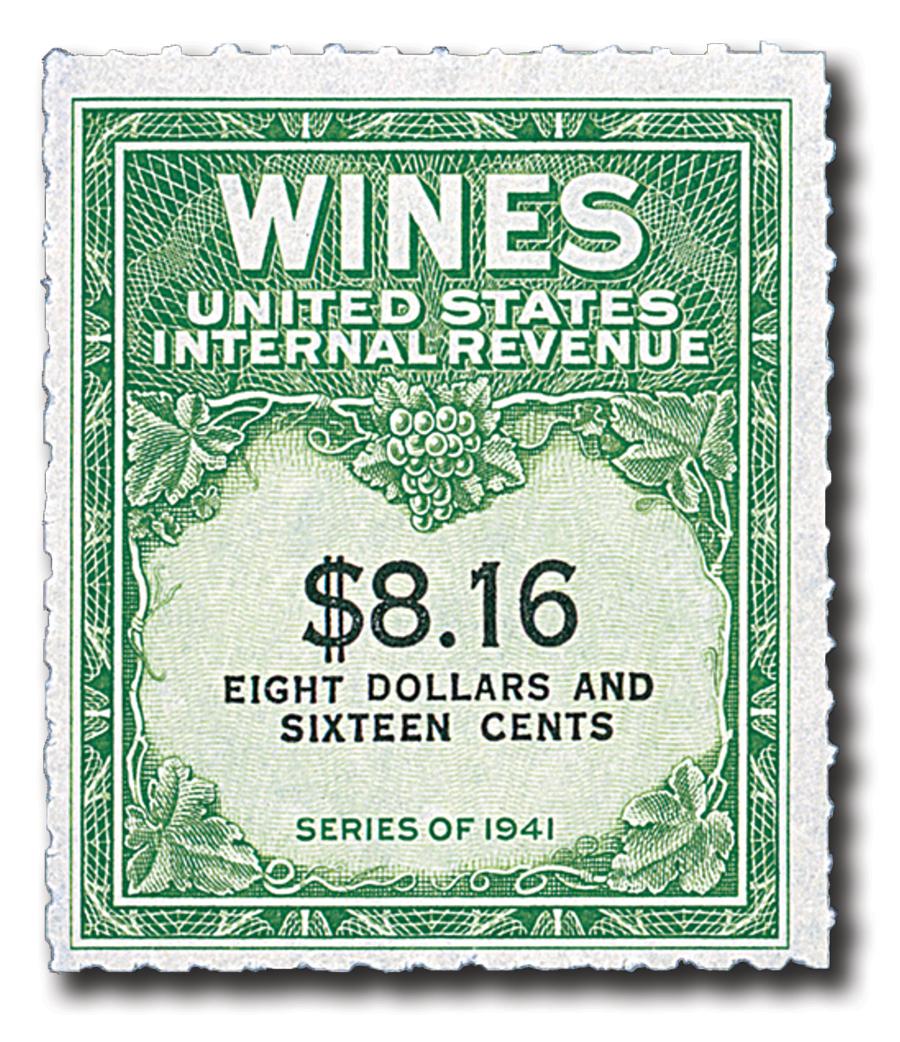The Intrigue of Rouletted Stamp Perforations
Posted by Mystic Stamp Co. on 9th Jul 2024
As a stamp collector, you’ve likely encountered stamps with various types of perforations. Among the less common yet highly intriguing varieties are rouletted perforations. These unique markings tell a fascinating story about the history of postage stamps and the evolution of perforation techniques.
What Are Rouletted Perforations?
Rouletting is a method used to separate stamps without creating the familiar round holes seen in perforated stamps. Instead, rouletted stamps have a series of cuts or slits, creating a zigzag or dashed line effect. This method allows stamps to be torn apart easily, similar to perforated stamps, but with a different visual and tactile experience.
The History of Rouletted Stamps
Rouletting predates the modern perforation techniques we are familiar with today. In the early days of stamp production, separating stamps efficiently was a significant challenge. Rouletting emerged as one of the solutions to this problem.
The technique was first introduced in the mid-19th century. Notably, the British Guiana stamps of 1862 were among the earliest examples to use rouletting. This method quickly gained popularity, and various countries adopted it, including the United States, where the process was primarily used on Revenue stamps.
Types of Rouletting
Several rouletting methods exist, each with its distinct characteristics:
- Line Rouletting: Consists of straight, parallel cuts. This method is simple but effective in separating stamps.
- Pin Rouletting: Involves small pinpricks along the stamp edges. It is less common but offers a delicate and intricate look.
- Arc Rouletting: Features curved cuts, creating a scalloped edge. This method is particularly decorative and adds a unique flair to the stamp’s design.
Why Collect Rouletted Stamps?
Rouletted stamps are a captivating addition to any collection for several reasons:
- Historical Significance: They represent an important phase in the development of stamp production and postal history.
- Aesthetic Appeal: The distinctive cuts and patterns of rouletted stamps add visual interest and variety to a collection.
- Rarity: Due to their age and the eventual shift to perforated stamps, rouletted stamps are often rarer and more valuable.
Tips for Collecting Rouletted Stamps
- Condition: Pay attention to the condition of the rouletting. Clean, intact rouletted edges enhance a stamp’s value.
- Authenticity: Be aware of forgeries. Rouletted stamps are more prone to damage, making them susceptible to fraudulent alterations.
- Research: Familiarize yourself with the rouletting patterns used by different countries and during various periods. This knowledge can help you identify and appreciate the uniqueness of each stamp.
Conclusion
Rouletted stamps offer a unique glimpse into the early innovations in stamp production. Whether you are a seasoned collector or a newcomer to the hobby, exploring rouletted perforations can enrich your understanding and appreciation of the rich tapestry of postal history. Keep an eye out for these unique gems—they are not just stamps, but pieces of history with stories waiting to be discovered.
Happy collecting!



